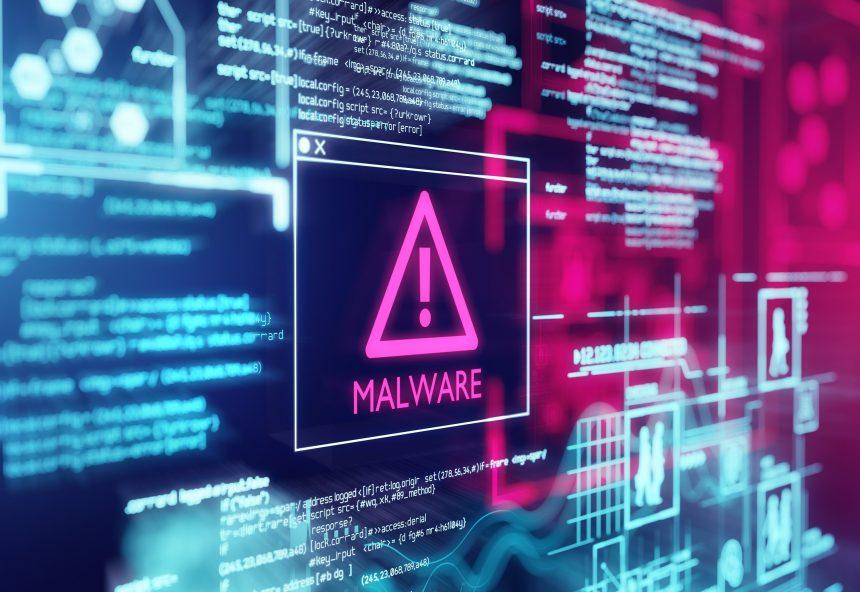In the intricate realm of cybersecurity threats, PrivateLoader emerges as a formidable adversary. Classified as a loader, this malicious program operates as a key player in the chain infection process, downloading and installing additional malware onto compromised systems. As a versatile malware family, PrivateLoader has been a prominent player since its appearance in the spring of 2021, orchestrating diverse infections, ranging from information stealers to ransomware. This article delves into the nuances of PrivateLoader, outlining its characteristics, consequences, detection names, and preventive measures.
PrivateLoader Overview
- Modular Structure: PrivateLoader operates with a modular structure, consisting of three primary modules: the Initiator, Core, and Service modules. The Initiator module triggers the Core module, which establishes communication with the Command and Control (C&C) server. The Service module ensures persistence on the compromised system.
- Sophisticated Techniques: PrivateLoader employs multiple layers of obfuscation and anti-detection techniques to evade security measures. It can disable Microsoft Defender Antivirus’s Real-time protection feature as part of its anti-analysis strategy.
- Diverse Payloads: PrivateLoader is known for its versatility in delivering a wide array of payloads, ranging from Remote Access Trojans (RATs) and botnet malware to stealers, cryptocurrency miners, ransomware, adware, and browser hijackers.
- Threat Actors: Linked to the ruzki threat actors (also known as zhigalsz, les0k), PrivateLoader operates in alignment with specific threat actor groups.
Consequences of PrivateLoader Infection
- Decreased System Performance: Infected systems may experience a significant slowdown or failure.
- Data Compromise: PrivateLoader can lead to permanent data loss and compromise sensitive information.
- Privacy Issues: Users face severe privacy concerns, with the potential for identity theft and financial losses.
- Diverse Threat Landscape: The nature of PrivateLoader’s payloads introduces diverse threats, including hardware damage and the addition of compromised systems to botnets.
Detection Names for PrivateLoader
- Avast: Win32:PWSX-gen [Trj]
- Combo Cleaner: Gen:Heur.Mint.PrivateLoader.1
- ESET-NOD32: A Variant Of Win32/Agent.ADGH
- Kaspersky: Trojan-Downloader.Win32.PrivateLoader.b
- Microsoft: Trojan:Win32/Mamson.A!ac
Preventive Measures
- Be Cautious with Email Attachments: Avoid opening attachments from unknown or suspicious emails.
- Beware of Malicious Ads: Exercise caution while interacting with online advertisements to mitigate the risk of drive-by downloads.
- Stay Informed about Social Engineering: Educate users about the tactics employed in social engineering attacks to enhance awareness.
- Avoid Software ‘Cracks’: Refrain from downloading and using cracked software, as it often serves as a vector for malware.
Removal Guide
- Identify and Uninstall Suspicious Programs: Review installed programs and uninstall any unfamiliar or suspicious applications.
- Enhance Security Software: Ensure that your security software is updated and capable of detecting and removing PrivateLoader.
- Regular System Scans: Conduct regular scans of your system to identify and eliminate potential threats.
- System Updates: Keep your operating system and software up to date to patch vulnerabilities that malware may exploit.
In conclusion, PrivateLoader stands out as a sophisticated and versatile threat, demanding heightened vigilance and proactive security measures. By understanding its characteristics and adhering to the provided preventive measures and removal guide, users can fortify their systems against the multifaceted dangers posed by PrivateLoader and its associated payloads.





